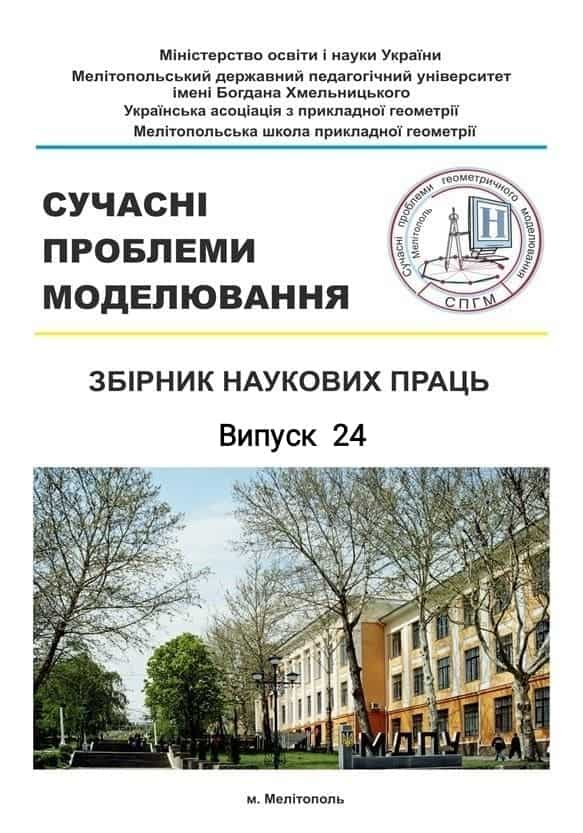OPTIMIZATION OF THE SHADOW GENERATION PROCESS OF THREE-DIMENSIONAL OBJECTS USING THE SHADOW MAP METHOD
Abstract
The subject of the research is computer technologies for optimizing the calculation process of visualization of lighting models of three-dimensional objects. The purpose of the article is to determine the basic methods of optimizing the lighting process of three-dimensional scenes in the terms of the application of various empirical lighting models, including the generation of shadows with the method of shadow maps.
The complexity of calculations in the generation shadows process of three-dimensional scenes depends both on the filling of the scene with objects and on the chosen method of shadow generation. When rendering a scene, optimization methods of scene lighting calculation should not significantly affect the visual fidelity of the image compared to a non-optimized lighting calculation process. The task of any three-dimensional image visualization system is to find the optimal complexity of calculations, which takes into account both the necessary visual result of rendering and the necessary speed of the system. In the case of generating shadows with the method of shadow maps for directional dynamic light sources, various types of interpolation can be used, depending on the nature of the movement of the light source, in order to optimize the calculation. The use of interpolation for the generation of shadow maps allows for most frames not to generate an individual shadow map, and replace it with analytically calculated values, which simplifies the overall process of calculating scene lighting.
The article compares the applied methods of optimizing the scene lighting calculation process based on the speed of the system for rendering three-dimensional objects. The speed of the system is analyzed based on data on the number of frames generated by the system per second. Rendering speed results are demonstrated using various combinations of empirical lighting models such as Lambert, Blinn-Phong, isotropic Ward model, and linear and spherical interpolation methods during the shadow map generation process.
Keywords: empirical lighting models, lighting system, shadow map, optimization methods, spherical interpolation, linear interpolation.




